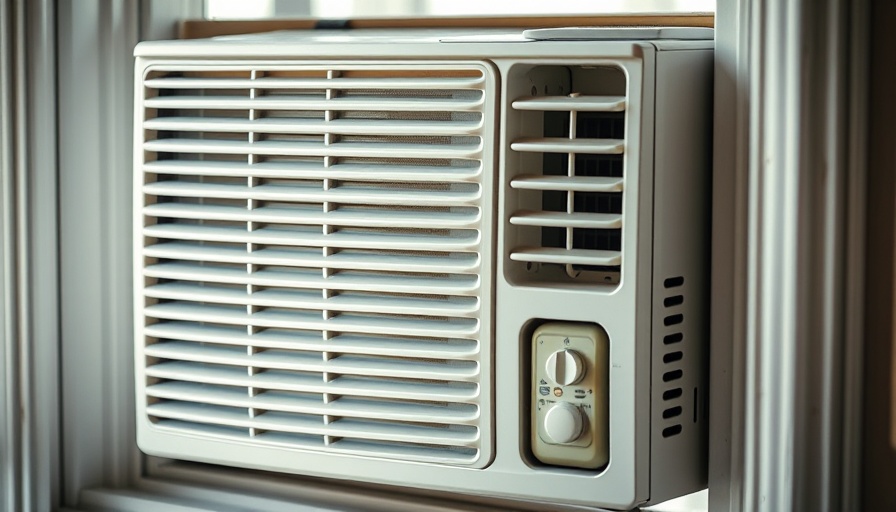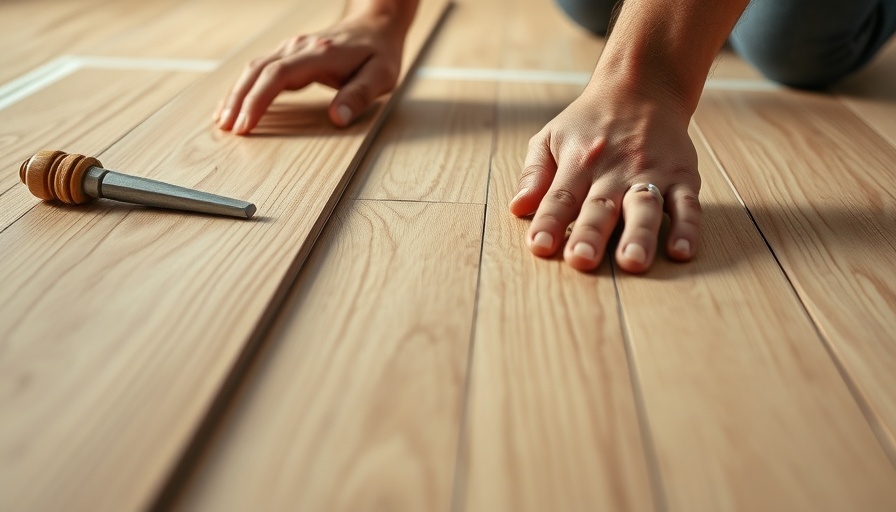
Setting Up Your AC the Right Way
Summer is officially here, bringing sweltering heat and the need for cool air inside our homes. But what do you do when your window air conditioner doesn’t fit your window frame? This issue is more common than you might think, especially for homeowners who might be moving into new spaces or upgrading their cooling systems.
Understanding AC Side Panels
AC side panels are the extendable pieces that attach to either side of the unit to help bridge the gap between the AC and your window frame. They serve multiple purposes: preventing rain, bugs, and dust from entering your home while ensuring that the cool air generated by the AC stays indoors. If your side panels don’t fit, the first thing to remember is you are not alone!
What To Do When Your Side Panels Don’t Fit
Dealing with misfit side panels can be frustrating, but there are practical solutions that can save you time and potential costs from purchasing a new unit. Here are some suggestions:
1. Adjusting Your Unit Position
One simple adjustment is to only use one panel. If your window is too narrow, shift the air conditioner closer to one side so that the remaining panel can extend to cover the gap. Be strategic with placement; sometimes, it’s about where you put the AC rather than forcing both panels to fit.
2. Creating Custom Panels
If your existing panels are downright uncooperative, custom panels might be a better route. Materials such as plywood, foam board, and even plexiglass can be cut to fit your window size exactly. Customizing these panels involves measuring the gaps accurately and ensuring no outdoor air sneaks in. Remember to remove existing panels before installation to achieve a snug fit.
3. Consider Upgrading Your AC
Does your current unit leave a full foot of open space at either side? If so, it might be time to consider investing in a larger air conditioner. A better-fitting unit will be more efficient, minimizing the need for excessive sealing measures and reducing your electricity usage.
4. Sealing Up Any Gaps
If you find that gaps remain after well-placed side panels or custom fittings, it’s time to apply some sealing methods for extra insulation. Products like adhesive-backed foam, weatherstripping, or even painter’s tape can close the gaps effectively. Specific products like Flex Seal are excellent where residue-free removal is necessary, especially for temporary installations.
Alternatives to AC Side Panels
In cases where side panels just aren’t cutting it, many experts, including Micah Sherman, suggest using foam board and tape. This combination not only seals effectively but provides added insulation against outdoor temperatures, keeping your home comfortable and energy-efficient.
Taking Charge of Your Comfort
Ultimately, having a window AC unit that fits seamlessly into your home can have a huge impact on your comfort during those hot months. By taking the right measures—whether adjusting the unit’s position, crafting custom panels, or considering an upgrade—you can transform your space into a cool sanctuary. Don’t let misfit side panels hold you back; with a little creativity, you can improve your living environment and promote better health and wellness!
Conclusion: Creating a Cool Home Environment
Fitting your air conditioner shouldn’t feel like a daunting task. Now that you’re equipped with these practical solutions, why not tackle that installation with confidence? Not only will you enjoy a cooler space, but you’ll also foster a home that prioritizes comfort and well-being.
 Add Row
Add Row  Add
Add 



Write A Comment